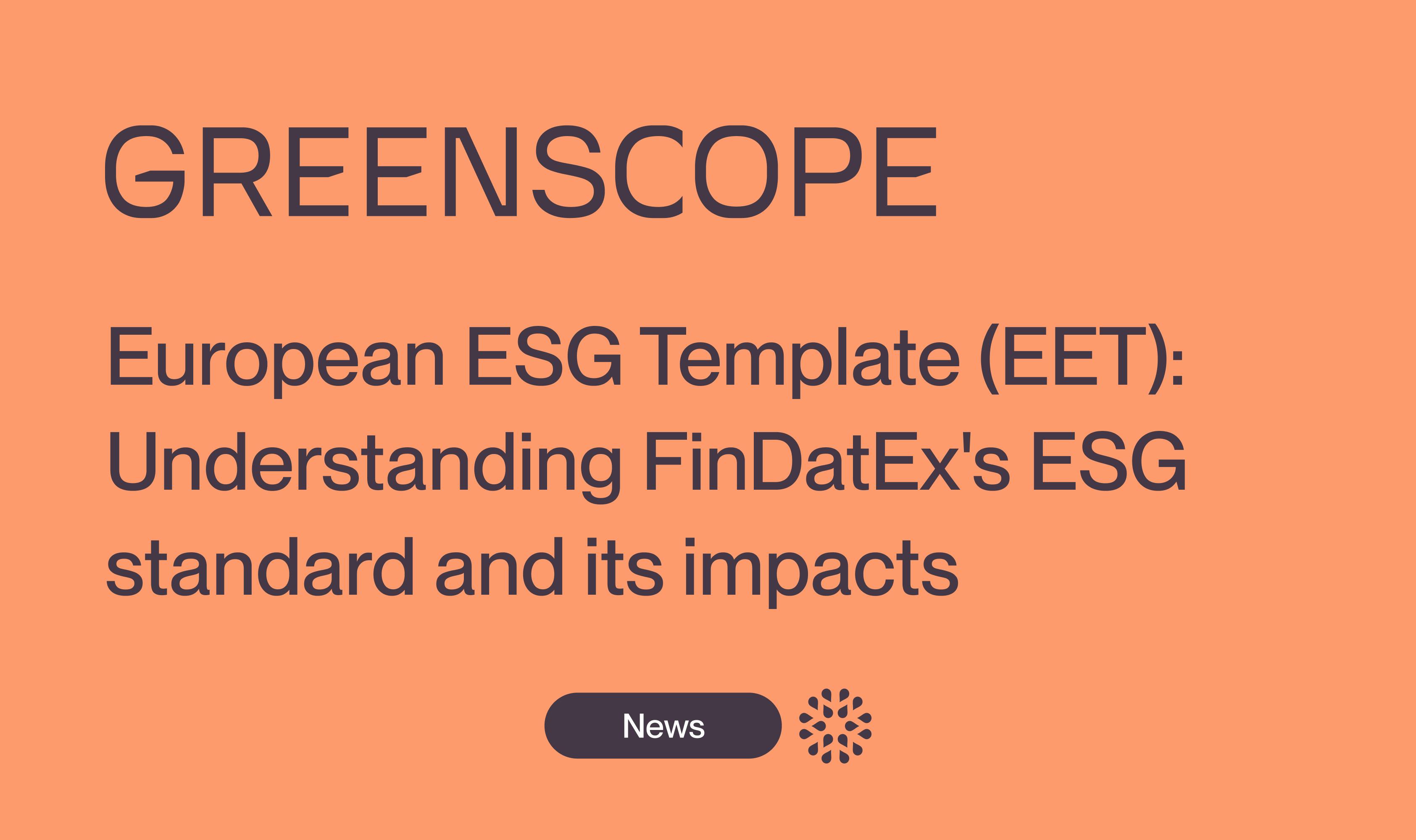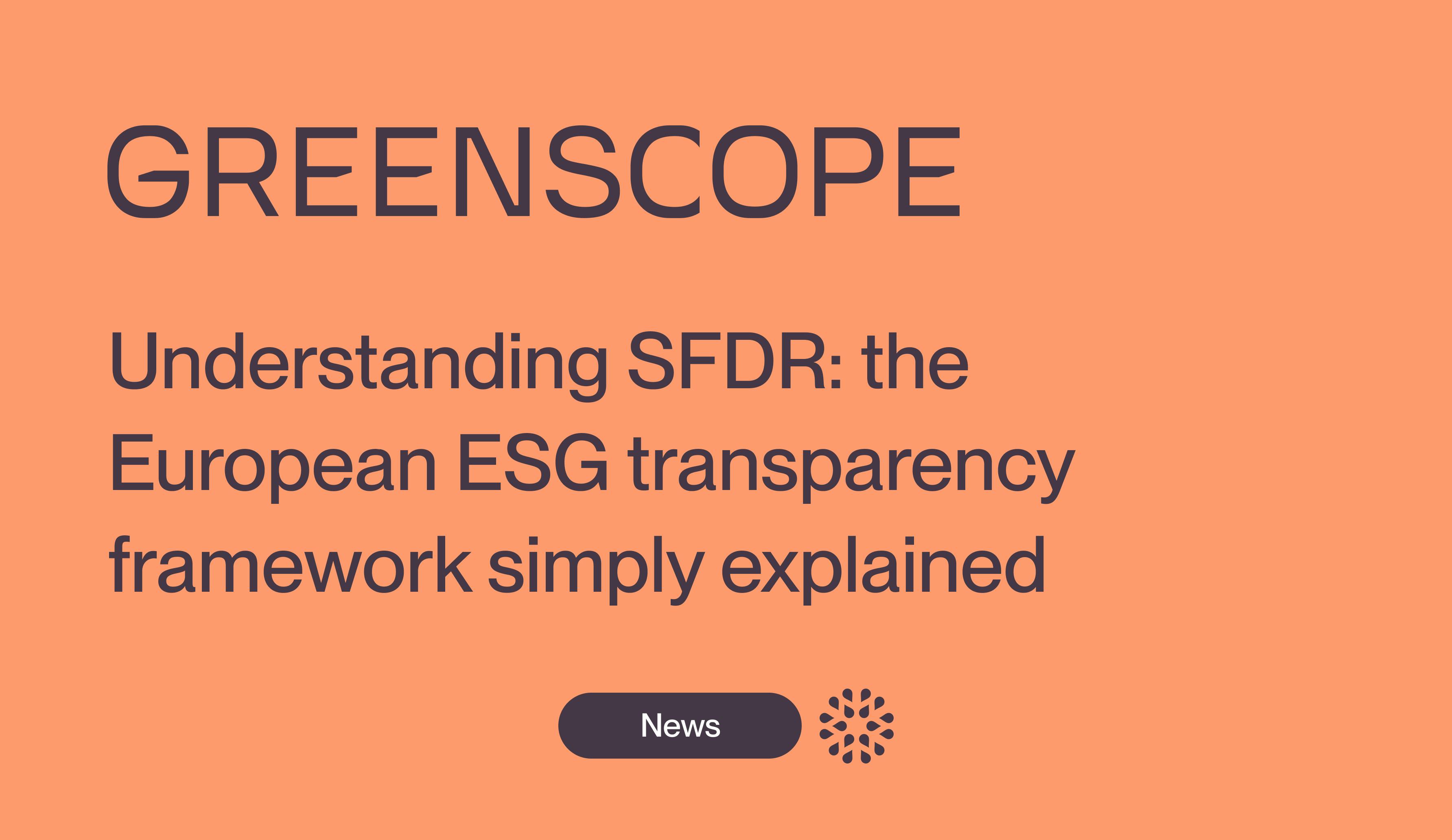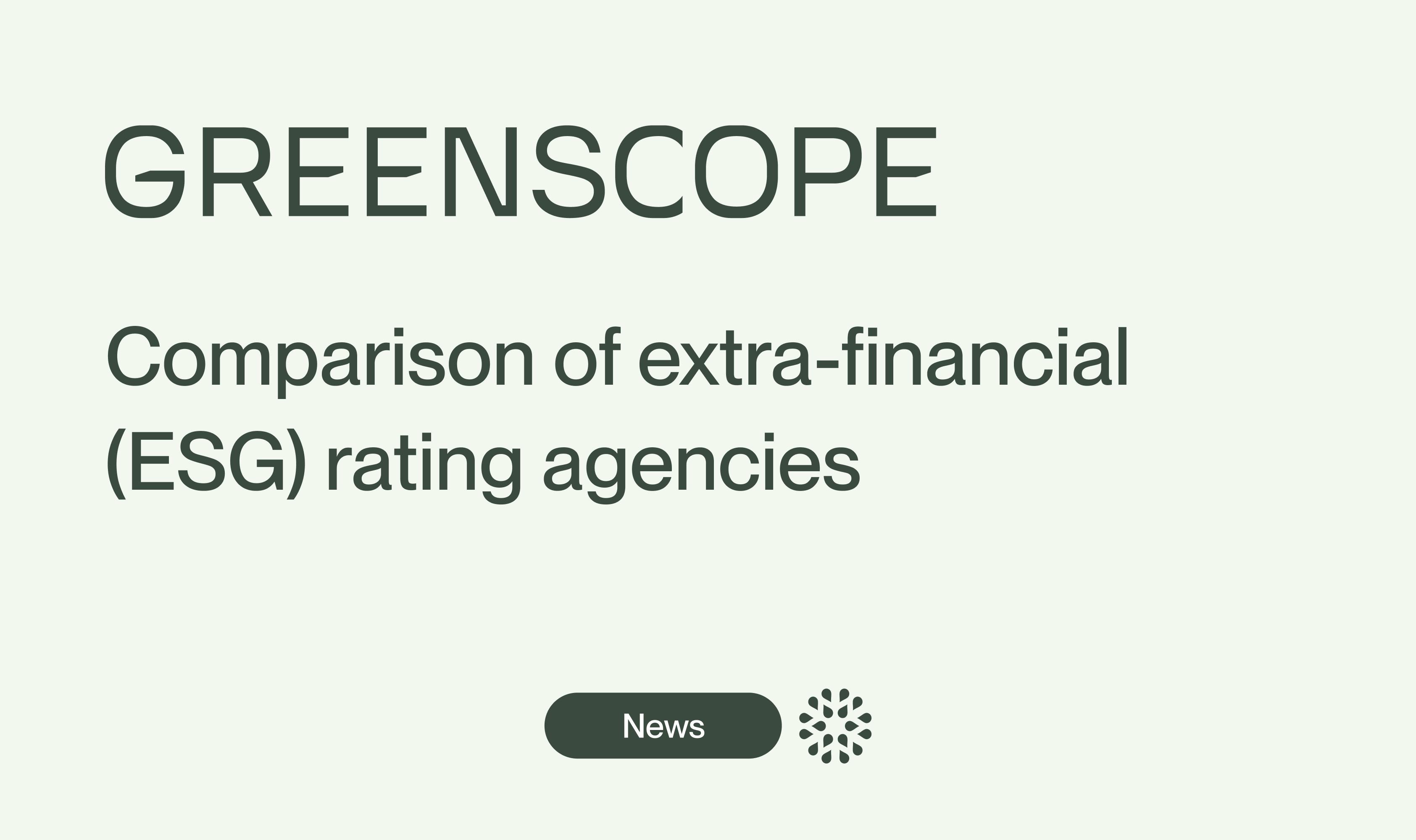European ESG Template (EET): Understanding FinDatEx's ESG Reporting Standard and Its Impacts
One standard, five regulations, hundreds of ESG data points: discover why EET has become essential for sustainable finance stakeholders.

As sustainable finance continues to grow, the European ESG Template (EET) is emerging as the new ESG reporting standard for financial products and instruments. Developed by FinDatEx, this template centralizes key data from multiple regulations including SFDR, MiFID II, IDD, the EU Taxonomy, and Solvency II. Used by an increasing number of financial institutions, it facilitates ESG data collection, analysis, and regulatory compliance. With nearly 600 data fields, the EET enables clear, automatable, and market-aligned extra-financial reporting.
Want to fully understand the EET? We explain everything below.
What is the European ESG Template (EET)?
The EET format
The European ESG Template (EET) is a standardized ESG reporting template developed by financial industry actors and coordinated by FinDatEx. While not a regulatory requirement, the production of EETs is becoming essential: many fund distributors now require this format.
The EET consolidates data points from several European regulations, including: SFDR, with the Principal Adverse Impacts (PAIs), MiFID II and IDD, in terms of clients' sustainability preferences, the EU Taxonomy, with eligibility and alignment ratios.
The first version of the EET was released in August 2022 and has since been regularly updated to incorporate new regulatory requirements.
EETs are typically delivered in Excel format and must be produced for each financial instrument. A single fund manager may therefore need to produce multiple EETs, especially after any significant changes to their products' strategy.
Origin and Role of FinDatEx
FinDatEx (Financial Data Exchange Templates) is a joint structure composed of representatives from the European financial services sector. Its mission is to coordinate the creation and distribution of data templates that standardize information exchange under key EU regulations like MiFID II, PRIIPs, and Solvency II.
FinDatEx relies on several working groups to design, review, and disseminate non-binding, free-to-use, and open-access templates.
Founding members include: the European Fund and Asset Management Association (EFAMA), the European Banking Federation (EBF), Insurance Europe, the European Savings and Retail Banking Group (ESBG), the European Association of Cooperative Banks (EACB), the European Structured Investment Products Association (EUSIPA). the European Association of Public Banks (EAPB) joined FinDatEx in 2019, followed by Pensions Europe in 2021.
FinDatEx positions itself as an open, transparent, and inclusive platform, aimed at facilitating regulatory data exchanges across the EU.
Purpose of the EET
The EET's primary goal is to provide a standardized file format for exchanging regulatory ESG-related data.
By aggregating KPIs from multiple regulations into a single format, EETs help insurers and fund distributors factor ESG preferences into their client assessments. They also simplify reporting obligations for fund managers (data providers), enabling them to deliver one harmonized file to their investors (LPs).
Which Financial Products and Regulations Are Covered?
The EET integrates requirements from several major EU regulations:
- SFDR (Sustainable Finance Disclosure Regulation): includes all Principal Adverse Impacts (PAIs)
- MiFID II and IDD: client sustainability preferences
- PRIIPs Regulation: pre-contractual disclosures for retail investment products
- Solvency II: capital requirements and risk reporting for insurers
Who is concerned?
The following financial actors must generate or handle EETs:
- Insurance companies
- Investment firms offering portfolio management
- Institutions for occupational retirement provision (IORPs)
- Retirement product providers
- Alternative investment fund managers (AIFMs)
- PEPP (Pan-European Personal Pension) providers
- Venture capital fund managers (under certain conditions)
- Social entrepreneurship fund managers (under certain conditions)
- UCITS management companies
- Credit institutions providing portfolio management services
- Financial advisors (as per SFDR and MiFID II)
What financial products are covered?
EETs can be generated for a wide range of instruments:
- Portfolios
- AIFs
- Insurance-based investment products
- UCITS
- Equities
- Bonds
- Investment funds
- Real estate funds (SCPI)
- Life insurance contracts
Essentially, any product managed by an entity subject to SFDR, MiFID II, IDD, PRIIPs, or Solvency II.
What’s Inside the EET and how is it used?
Data points in the EET
The EET includes nearly 600 data points, but not all are mandatory for every product.
The core of the template consists of:
- All SFDR Principal Adverse Impacts (PAIs) — mandatory, optional, and asset-specific.
- Each PAI includes 3 additional metrics:
- Commitment to consider this PAI,
- Coverage rate: portion of the portfolio covered by the disclosed value,
- Eligibility rate: portion of the portfolio relevant to that PAI.
👉 Example: The "Exposure to Energy-Inefficient Real Estate Assets" PAI only applies to real estate assets. The eligibility rate will reflect the percentage of real estate exposure in the overall portfolio.
Additional data fields include:
- EU Taxonomy alignment/eligibility metrics,
- Screening and exclusion criteria (over 100 data points),
- Producer and product identifiers.
Not all fields are mandatory: the EET uses a coding system to distinguish mandatory, conditional, and optional fields. For products not classified as Article 8 or 9 under SFDR, the number of required data points falls to approximately 170.
Reporting frequency and format
The EET reporting timeline aligns with regulatory requirements, particularly those related to SFDR PAIs:
- Investors may require EETs as early as Q1 or Q2 of year N, based on data from year N-1
- Most firms currently publish EETs annually, but quarterly or semi-annual updates are also possible and recommended
- Maintaining the correct format is essential to enable automated data processing
Why use the EET and how?
The EET benefits both data providers (fund managers) and data users (insurers, fund distributors):
- For producers: it reduces ESG reporting workload by replacing multiple ESG questionnaires with a single standard template.
- For users: it simplifies data integration and reporting, helping them meet ESG compliance and client preference requirements.
Ultimately, FinDatEx’s EET tackles the critical need for ESG reporting standardization. It’s an ambitious, yet much-needed solution to support ESG officers and improve data quality and interoperability.
👉 However, full market adoption remains a challenge.
Until that happens, filling out EETs may still add to ESG reporting burdens. That’s where automation becomes essential: automating EET generation reduces effort, speeds up adoption, and ensures more consistent, high-quality data.
Greenscope supports the automated generation of EETs based on your ESG questionnaires. Contact us to learn more.
Our last articles

EDCI - Understanding the ESG Data Convergence Initiative to harmonize ESG reporting in Private Equity
Simplify and standardize your ESG data with EDCI.

Understanding SFDR: The European ESG transparency framework made simple
Understanding SFDR means understanding what structures sustainable finance in Europe. Requirements, tools, impacts: let's break it down.

CSR News - November 2025
Discover key developments: ongoing projects, standards updates, new official documents.

Comparison of ESG rating agencies: role, methodology, and key players
ESG ratings now shape investment decisions. Learn how extra-financial rating agencies assess sustainability-related issues.



